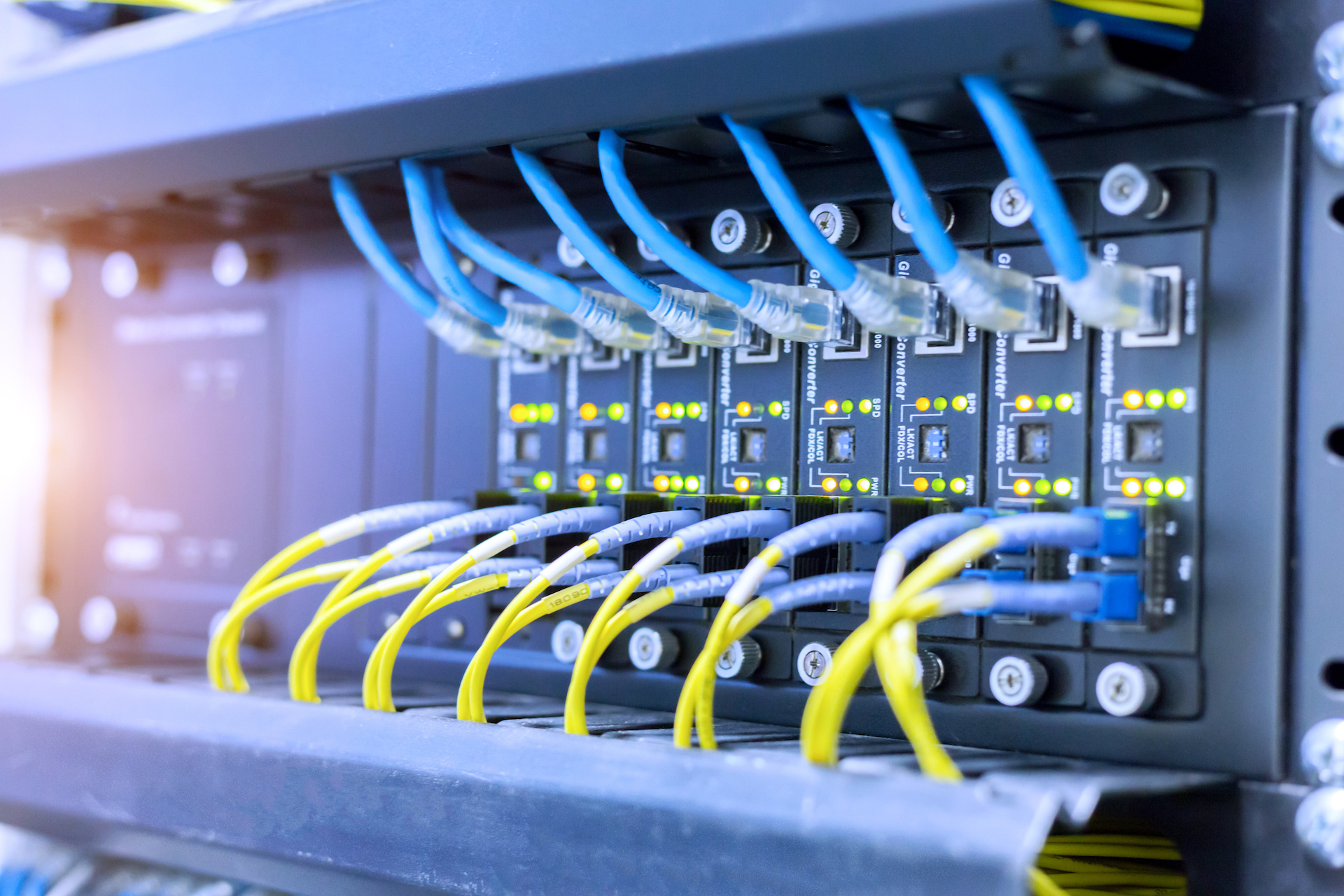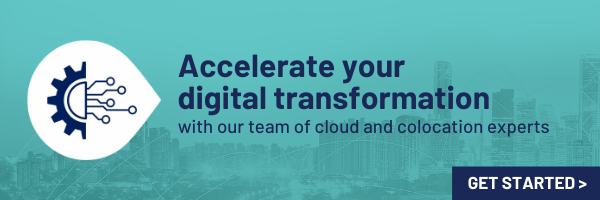April 18
Data center evolution is critical to meet the ever-changing needs of the end users. Therefore, these changes tend to quickly take place to improve the role data centers play in data strategies, meet security and compliance protocols, and more.
In this blog, we’re going to discuss the current evolution of data centers and what benefits these changes bring to the end-user.
How Do Data Centers Evolve?
Data centers evolve in a number of ways due to new technology, updated security requirements, improved sustainability policies, new needs from clients, and more. .png?width=517&name=EVQ%20-%20Computing%20History%20(Vertical).png)
From enhanced security protocols to continuous redundancy improvements to using AI to improve efficiency, data center providers must adapt to the ever-evolving needs of the organizations they support. Below, we’ll break down two of the ways that data centers evolve:
The Role of Data Centers
When the cloud was first introduced as a stable, cost-effective data solution, a number of organizations began a cloud-only data strategy. However, the cloud is not always the best environment for every application.
This caused a number of organizations to evolve away from and then back into data centers in order to maintain an environment that effectively ran some of their most necessary applications. This evolution back into physical data centers is also known as cloud repatriation, which took place, in part, to improve application performance.
While every organization has different needs, the most effective data strategies often focus on an application-first approach. For example, a Multi-Generational Infrastructure™ (MGI) strategy is built so that data centers and the cloud work together to provide known economics, performance, and multi-vendor flexibility.
The Infrastructure of Data Centers
In addition to the role that data centers play, the physical infrastructures frequently evolve as well.
Security
Due to ever-increasing threats, the evolution of data centers includes improving their security measures in a number of ways to protect themselves and client information.
In addition, physical security has also improved. Top data centers now feature 24x7 on-site support and video monitoring to protect your data — but that’s just the beginning. To ensure that access to the data center is restricted to only authorized individuals, multiple layers of security, access card, bio-scanner, and Mobile device NFC authentication are put into place as well.
Sustainability
Data center sustainability is a core for many organizations, and we at Evoque are no exception.
In order to drastically improve energy efficiency, data centers can implement artificial intelligence to monitor, control, and automate their cooling infrastructure. These systems utilize a combination of sensors and predictive analytics to continuously monitor the data center environment and create a more accurate picture of cooling needs throughout the facility.
Redundancy
One priority for data centers is achieving the best possible uptime, which is often measured by redundancy.
There are a number of different kinds of redundancy that can tell you about the data center’s operational capabilities:
- N+1 redundancy means that a facility has everything it needs to run at full capacity plus one additional component to serve as a backup.
- Some facilities offer 2N redundancy, which is sometimes referred to as N+N. This is a fully independent, mirrored system capable of taking over operational needs if the primary system were to go offline.
- Finally, a 2N+1 redundancy system, typically the highest form of data center redundancy, combines the paralleled aspects of 2N systems with the flexible backup capabilities of N+1 systems.
To improve their reliability, many data centers have implemented these updated systems to maintain consistent uptime.
Transparency
In order to have an effective, long-term relationship with clients, it’s important for data centers to share certain information about their uptime, security, sustainability, and more.
Data center infrastructure management (DCIM) tools allow data centers to have detailed insight into their mission-critical systems. An effective DCIM platform gathers and consolidates information regarding performance, energy usage, environmental conditions, and network status to provide data center managers with a single source of truth for everything that’s happening within the facility.
Is Your Organization’s Data Strategy Up to Date?
In addition to these already-evolving aspects of the data center, there are also new changes to keep an eye out for in 2022, including:
- Edge computing.
- Fewer outages.
- Improved energy efficiency.
- Security advancements.
- Cloud diversification.
By implementing new technology that helps increase security measures, drive lower latency, and more, data center evolution continues to improve the experience of organizations across the globe. Contact us today for more information on how you can empower your organization through colocation.




